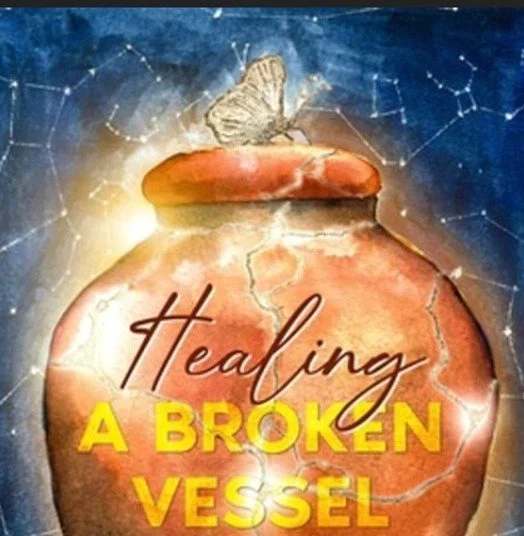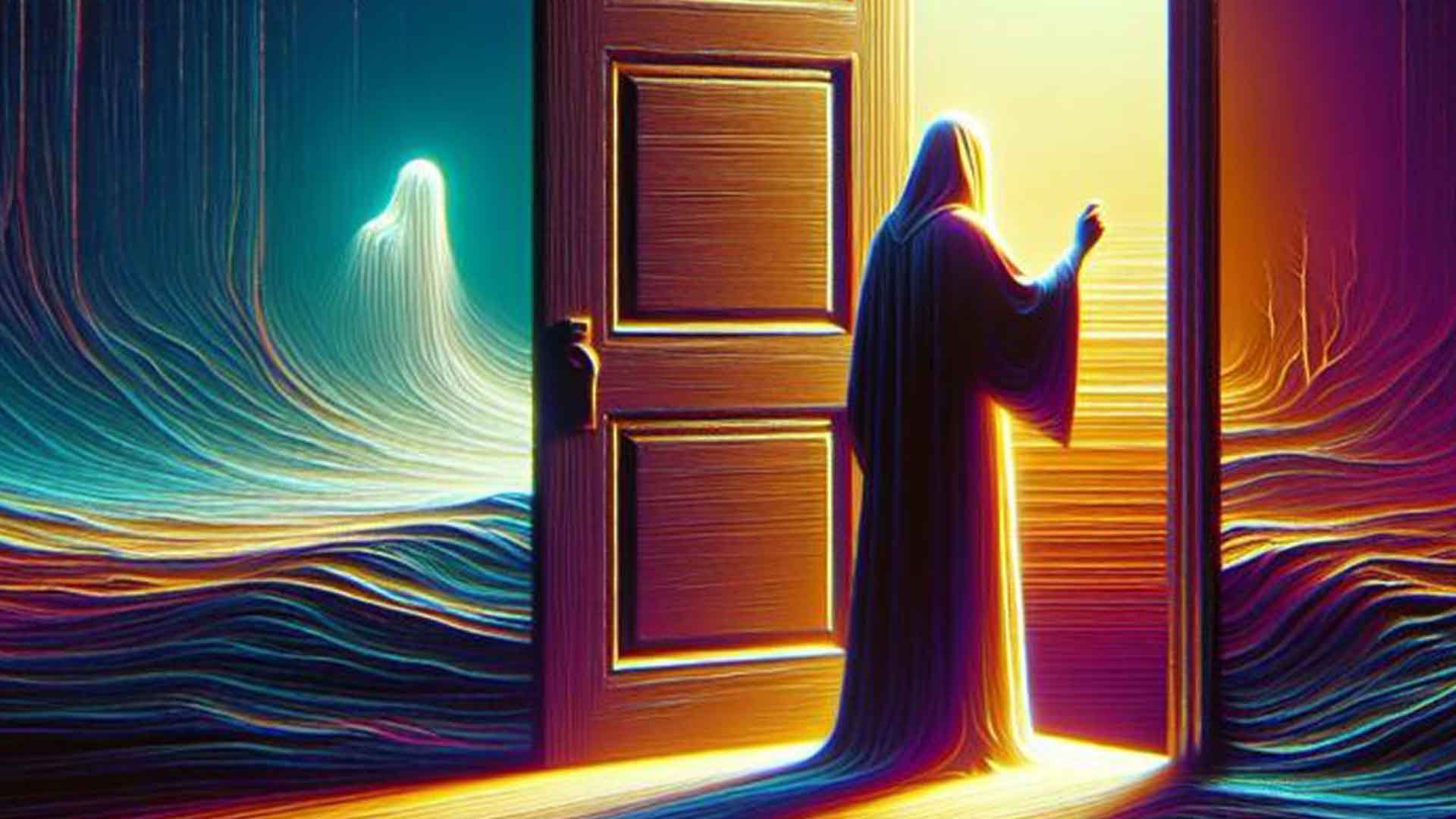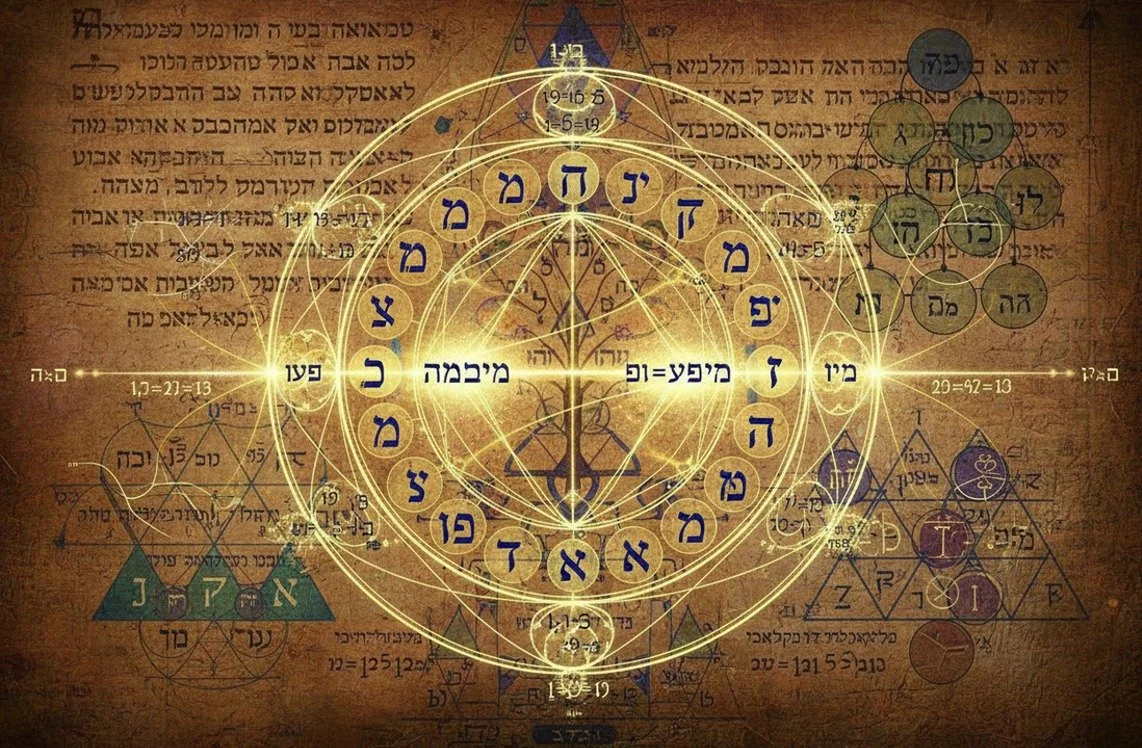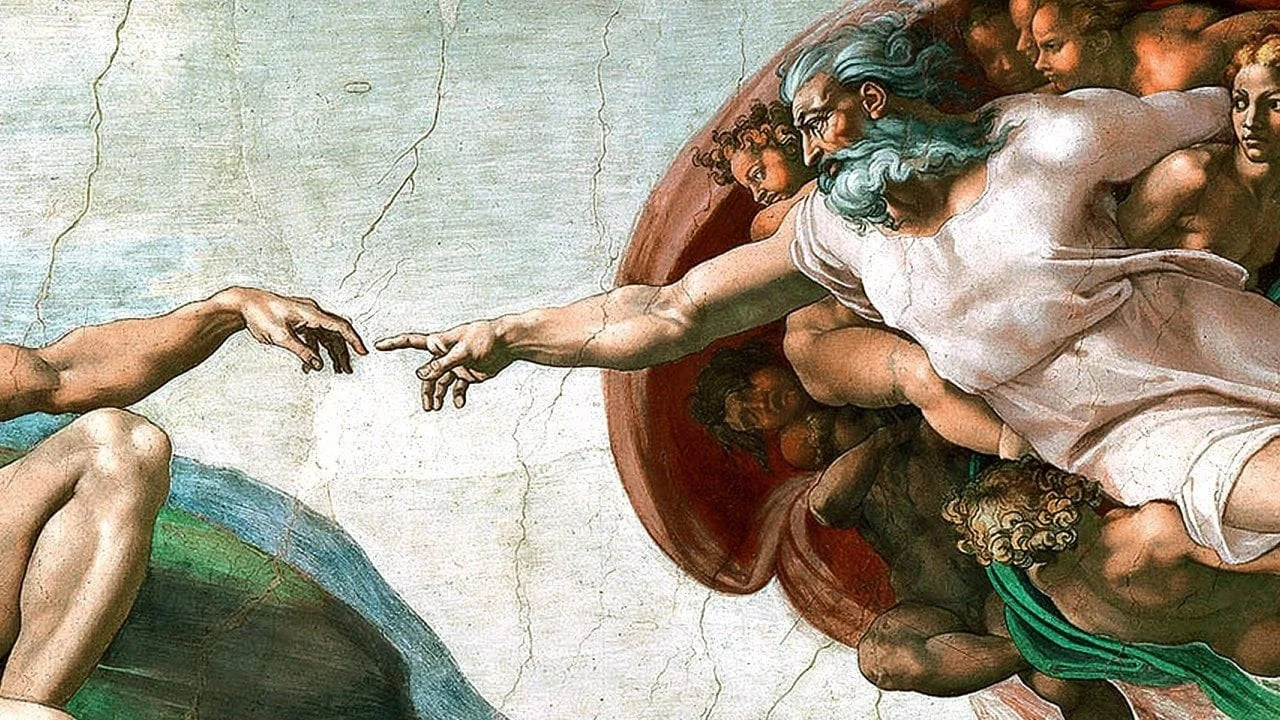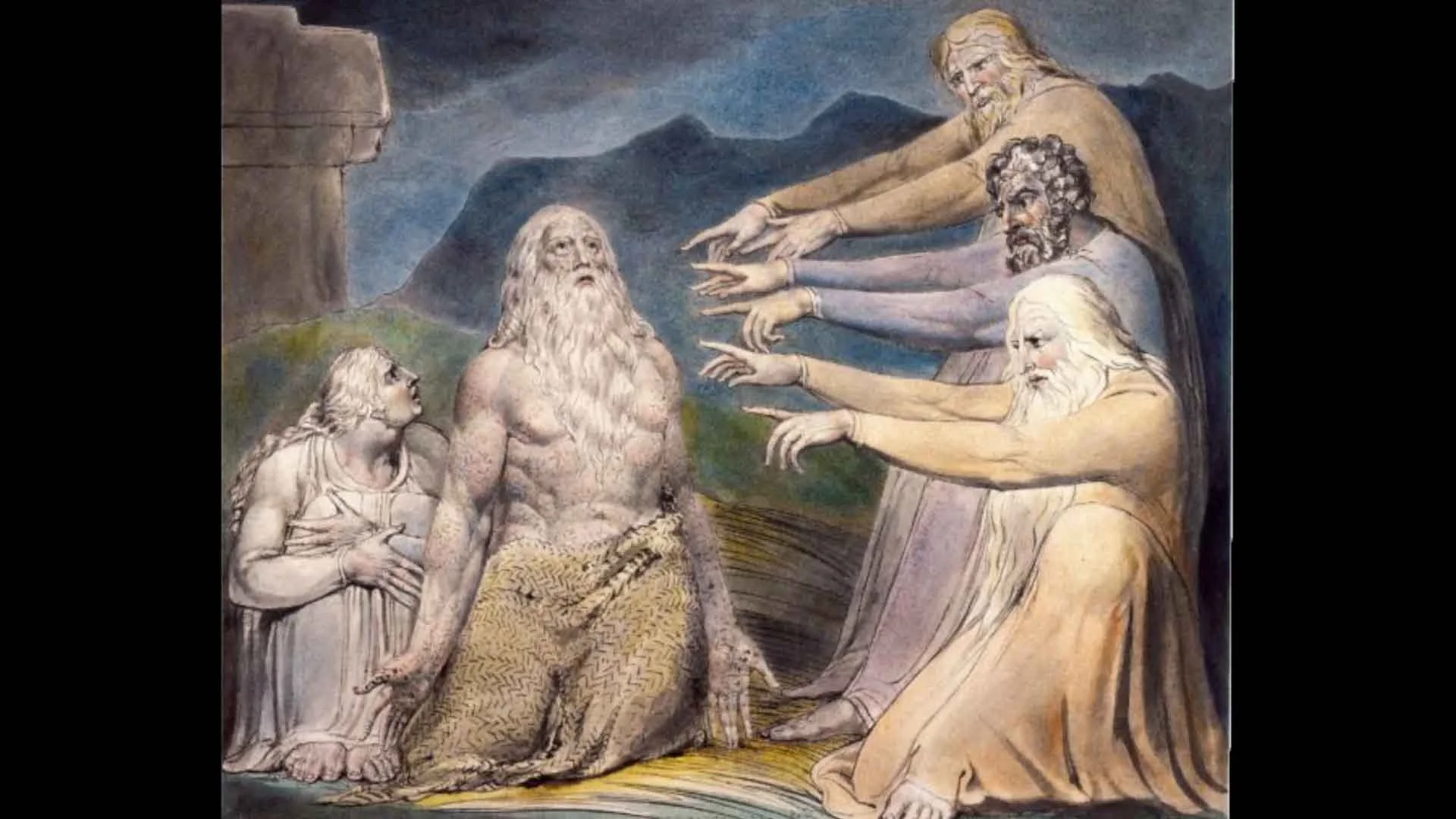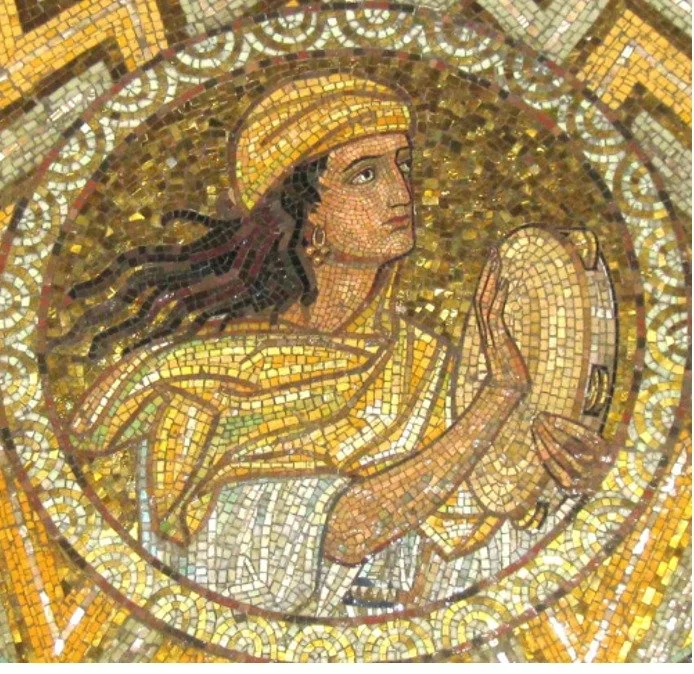Revelation and the Conquest of Demonic Forces
This essay examines the radical mystical theology of revelation articulated in the Meor Eynayim, the seminal Hasidic commentary composed by Rabbi Menachem Nachum of Chernobyl (1730-1797). Through careful textual analysis of the parashat Yitro sections, this study argues that the Meor Eynayim fundamentally reconceptualizes Torah not as a corpus of texts requiring intellectual mastery but as an experiential mode of divine knowing—da'at—that emerges through and within the vessel of sacred fear (yirah). The essay demonstrates how this reconceptualization challenges conventional understandings of free will, repositions the encounter at Sinai as an ongoing cosmic drama, and provides a therapeutic framework for conquering what the text terms the "demonic forces" (sitra achra) that impede human flourishing. Drawing upon the work of Arthur Green, Elliot Wolfson, and other contemporary scholars of Jewish mysticism, this analysis situates the Meor Eynayim within broader kabbalistic and Hasidic trajectories while highlighting its distinctive contributions to Jewish theological anthropology. The essay concludes by exploring the implications of this mystical hermeneutic for contemporary approaches to religious experience, spiritual formation, and the healing arts.




